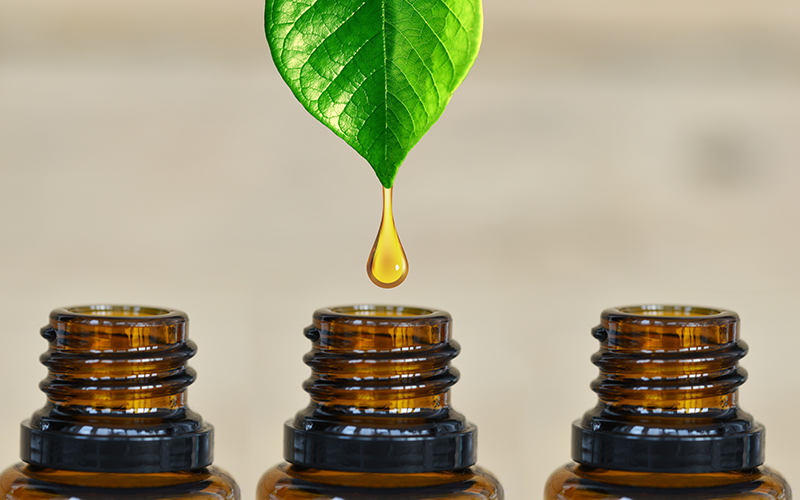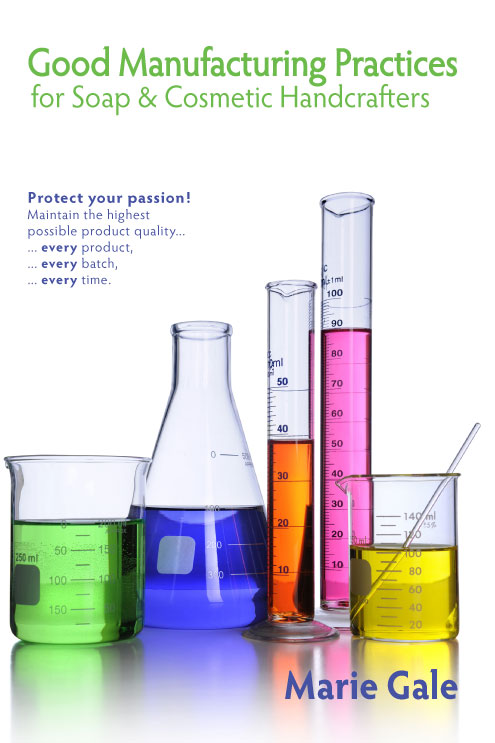The USDA’s Agricultural Marketing Service announced final updates to the regulations of the National Organic Program on January 19th.1 The new regulations strengthen oversight and enforcement of the production, handling, and sale of organic products. Some of the changes may affect soap and cosmetic handcrafters who use organic ingredients.
The new regulations are effective March 20, 2023 with an implementation date of March 19, 2024.
Background
The Organic Foods Production Act was initially passed in 1990. Final regulations were established in 2000 and went into effect in 2002.
Since that time, the organic industry has gone through massive and rapid growth. The production and distriibution of organic products has shifted from “farm to farmer’s market” to a complex international supply chain, making it difficult to maintain a “rigorous oversight system” that operates globally to ensure organic integrity through all the steps.
In addition, because of the increased demand and premium prices for organic goods, it has become an area rife with fraud, particularly in the area of grain and oilseeds (which are the source of many of the oils used in soap and cosmetics). Two fraud rings in the midwest which sold over a quarter of a billion (yes, Billion) dollars of organic grains and oilseeds were identified and 5 people were sent to prison. However, in both cases the fraud went on for six to ten years before being caught.
Lack of oversight capability, combined with potential fraud affects the integrity of organic imports as well. In 2016, imports from the Black Sea region accounted for 49% of the value of imported organic grain and oilseeds. Inspections and surveillance in 2018 and 2019 resulted in 60% of the organic producers in the region losing their certification. Subsequently, imports from the region accounted for only 21% of the total value of imported grains and oilseeds. That implies that about 28% of the total value of imported grains and oilseeds may have been fraudulently identified as “organic.” That’s a lot!
Overview of Changes
The Agriculture Improvement Act of 2018 mandated several updates to the regulations, including:
- Reduce the number of uncertified entities operating throughout the supply chain without USDA oversight;
- Require National Organic Program (“NOP”) Import Certificates for all organic products imported into the United States; and
- Clarify NOP’s authority to oversee the operation of certification activities.
Those factors have been addressed in the new regulations, along with some other changes to improve the implementation, oversight, surveillance, and enforcement of the National Organic Program:
- Requiring that nonretail containers used to ship or store organic products are labeled and tracable.
- Requiring certifying agents to conduct unannounced inspections on at least 5% of the operations they certiify.
- Setting up standardized certificates of organic operation which must be used and recorded in the USDA’s Organic Integrity Database.
- Training and qualification requirements for certifying agent personnel, including inspectors and certification reviewers.
- Setting standards for working with foreign government organic programs.
- Clarifying that the NOP may initiate enforcement action against any violator of the organic program, whether certified or uncertified.
- Requiring improved recordkeeping and supply chain traceability.
Most (but not all) of these points only apply to certified organic operations (both foreign and domestic) and organic certifying agents.
Soap and Cosmetic Makers
There are a few points that could apply to soap and cosmetic manufacturers who use organic ingredients.
- Identifying organic ingredients
- Buying and selling organic products made for you
- Using locally produced organic ingredients (herbs, oils, essential oils, beeswax, etc.)
Identifying Organic Ingredients
You don’t require organic certification to identify organic ingredients on the information panel of your product label (such as identifying organic ingredients in the ingredient declaration with an asterisk). For example:
Ingredients: Water, Avocado Oil,* Shea Butter,* Emulsifying Wax NF, Glycerin, Stearic Acid, Sodium Lactate, Lavender Oil,* Propylene Glycol, Diazolidinyl Urea, Methyllparaben, and Proplyparaben.
* organic ingredients. 90% organic ingredients.
Note that the calculation of the percentage of organic ingredients does not include the water.
You may not make a statement on the front of the package that the product is “organic” or that it “contains organic ingredients.” You may not use the Organic seal.
Record Keeping
However, you DO need to keep records which:
- Demonstrate that the ingredients were organically produced and handled; and
- Verify the quantities of organic products received, shipped, or sold.
To meet these requirements you would likely need to track the organic products that you received and used, keep documentation from your supplier proving the product is organic, and have written operating procedures in place to ensure that the organic ingredients are not contaminated while being stored, handled, or used.
Records must be kept for 3 years, and federal or state officials must be allowed to inspect the records during normal business hours.
Organic Products Made For You
You also don’t need organic certification if you are buying and selling products labeled as organic that were manufactured by a certified operation, provided the products are in sealed, tamper-evident packages and you don’t break the seal or open the packages.
The use of the Organic seal, the statement “organic” or “made with organic ingredients” would be allowed only if the manufacturer is a certified organic operation AND the requirements for the statement are met. Note that there are some additional label requirements for products that are certified organic; the manufacturer would know about these.
You must maintain the same records as noted above, proving that the products were organic and that the integrity has been maintained.
Local Organic Ingredients
Small organic producers (who sell less than $5,000 per year of organic product) are exempt from certification. They are not allowed to use the Organic seal, but may sell their products as “organic.” However, where such an organic product is used in another product, it may NOT be included in the organic percentage of the final product.
For example, if you purchased “organic beeswax” from a local bee keeper and used it in a lip balm or lotion bar, you could not identify the beeswax as organic in your product.
Looking to the Future
These new regulations may reduce the availability of actual organic ingredients for use in soap and cosmetic products in several ways.
Increased oversight and enforcement of the international and domestic organic supply chains will hopefully reduce the amount of fraudulent organic products on the market. As shown by the enforcement actions taken in the Black Sea region, it’s possible that such actions may remove a substantial percentage of the “organic” ingredients on the market.
The definition of “handler” included in the new regulations is expanded and now more definitely applies to handlers who open and repackage organic products. In many cases, they may now need organic certification to do so. This may affect some of the companies who have been supplying small quantity packages of organic oils to small soap and cosmetic makers.
Due to the inspection and certification requirements and restrictions for imported organic products (such as shea butter, coconut oil, and palm oil) we may see a reduction of quantity of product on the market and/or a rise in price.
What To Do Now
These regulations become effective March 20, 2023 (at which time they will become part of the Code of Federal Regulations). You will be able to find them at 7 CFR 205. They must be implemented by March 19, 2024.
If your labeling or marketing includes or is centered around the use of organic ingredients, you have a year to make sure you are in compliance. Evaluate your labeling and marketing and determine if identifying organic ingredients is important. If it is, start taking steps.
- Review each of your organic ingredients and verify with the supplier that there is a well-documented organic supply chain in place.
- Set up procedures documenting the receipt and use of all organic ingredients.
- Put documented procedures in place for storing and handling organic ingredients to ensure they are not contaminated.
- Set up a system to keep the records for 3 years.



Leave a Reply